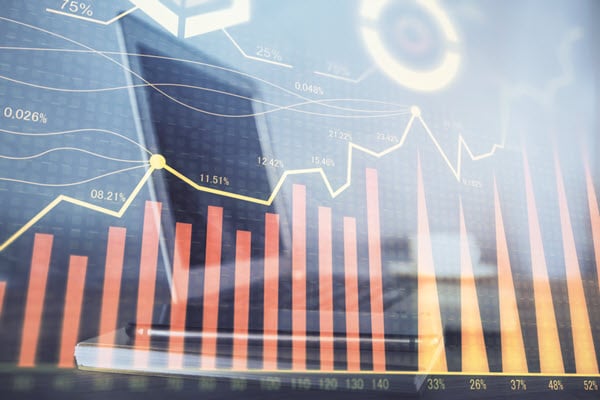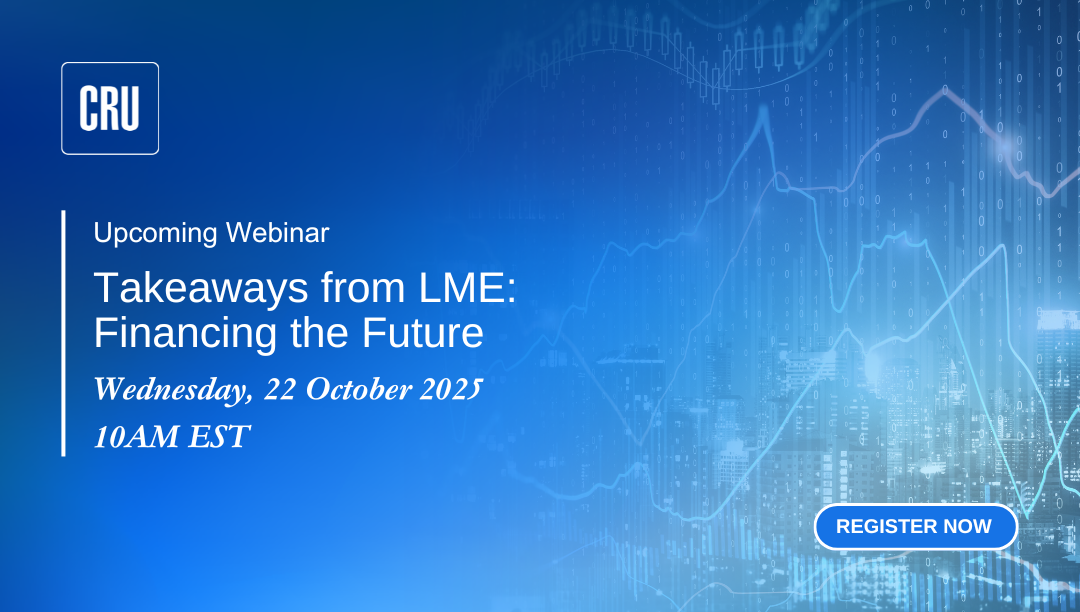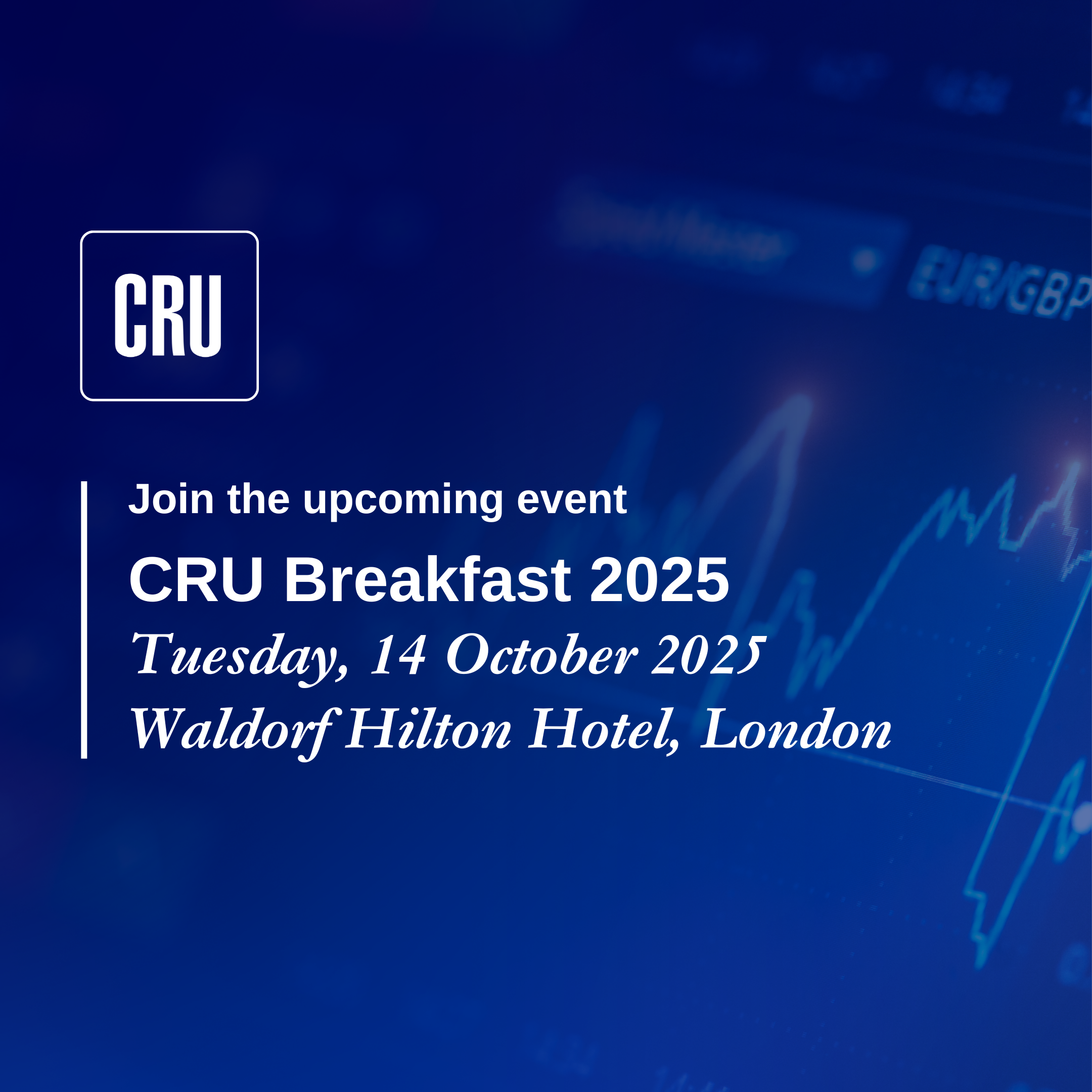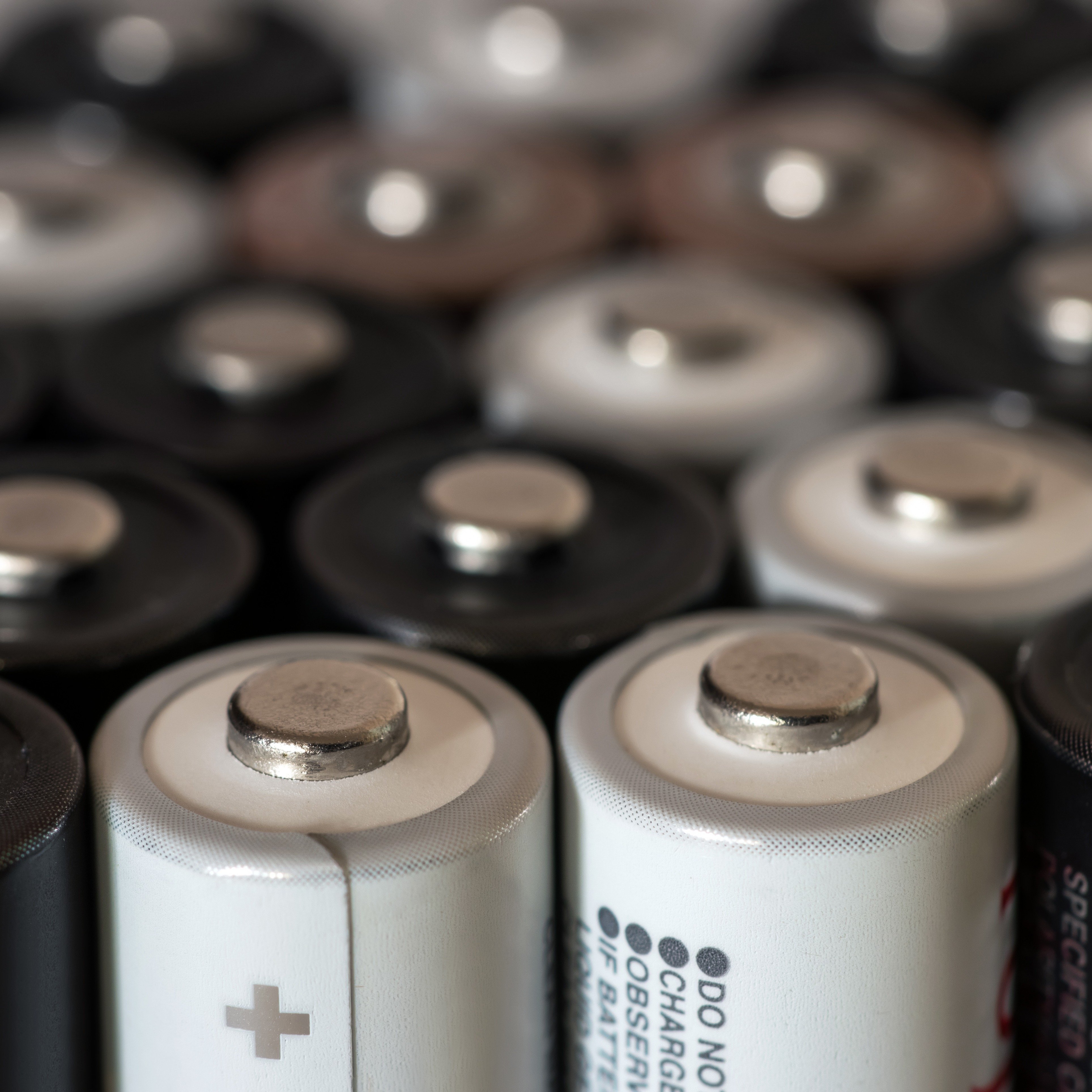As adoption of LFP rapidly grows, there is a looming need for an industrial and economic solution for LFP recycling. The market insights of CRU and the engineering expertise of Worley have been brought together to address the reality of recycling economics for low-cost lithium-iron-phosphate (LFP) batteries.
Our main takeaways are:
- Profitability for European recycling operations is especially precarious. Feedstock costs (black mass and reagents) as well as revenue (lithium prices) are the major factors. Technical innovation can mitigate costs and will be become the key differentiator in this cost-sensitive market.
- The path forward lies in a market that is increasingly moving towards closed-loop arrangements to eliminate the recyclers’ feedstock costs.
- Policy will force LFP recycling, while extended producer responsibility regulations will mean that the burden and cost of recycling will fall on the automaker or battery maker.
- This could mean that, unless a game-changing technology is found – which is sodium-sulphate-free and recycles graphite and iron phosphate – the implied added cost to a battery in Europe is roughly $3.9/kWh, or $273 for a 70 kWh EV pack. Assuming only 6% of lithium is from recycled LFP – as per EU 2035 mandates – this reduces the added cost to $16.
The industry is concerned about LFP economics, but is it justified?
The nascent battery recycling industry has been equipped to handle NMC (lithium-nickel-manganese-cobalt) batteries, but rapidly growing adoption of LFP outside China will require an industrial and economic solution to process LFP scrap, especially considering the volumes modelled in CRU’s Battery Value Chain Service.
Battery stakeholders – from industry participants to policymakers – recognise the long-term strategic and economic opportunities of recycling. Sending battery scrap to landfills is simply not an option, and sending used batteries to second life applications will be limited by decreased battery safety and lifetime.
The concern lies in the material value contained in LFP versus NMC. The economics of NMC have been based on the value of nickel and cobalt, but now also increasingly on lithium. In LFP, lithium is considered the only material of significant value.
Economics of LFP recycling rest on a knife edge
Key Conditions for Profitability
- Business model: Closed-loop arrangements (where feedstock is supplied at reduced or zero cost, and output prices are fixed by contract) are more resilient than open market models.
- Market demand: Success depends on pricing and reliable offtake agreements for lithium carbonate and recycled iron phosphate, especially in Europe and North America. Establishing demand for composite graphite anode material from recycling graphite would strengthen the business case for black mass refiners.
- Regulatory support: Mandates for recycled content, such as minimum thresholds for lithium and other battery materials, shift the recycling burden to OEMs, improving the economics for refiners. Restrictions on black mass exports to non-OECD countries may create a captive EU market, increasing local demand and pricing stability. Given European projects have higher CAPEX compared to China, government incentives may be necessary to bridge the cost gap and stimulate early investment.
- Cost control: CAPEX and OPEX (energy, reagents, waste management) must be tightly managed, with technology adapted to local standards.
Financials for black mass refiners
Here we model the economics of a generic hydrometallurgical flowsheet operating in China and Europe. Worley’s CAPEX and OPEX estimates, used in the financial model, are derived from multiple LFP and NMC black mass recycling projects.
The economics of LFP recycling are finely balanced. Several factors could tip an operation from profitability to loss-making, but the two most sensitive levers are:
- Black mass price: In this case we are assuming an open market model, but vertically integrated players could acquire it at a lower price, or it would be free for those in a closed loop arrangement.
- Lithium carbonate price:Recyclers suggest an ‘incentive’ price above $11–15 /kg.Secondary chemicals are also usually sold at a discount to the benchmark price.
Ensuring Project Success
The above price factors are largely beyond the control of individual recyclers and influenced by market dynamics. There are other factors that recyclers can influence:
Technical innovation to reduce costs
New process technologies should focus on reducing operating costs while achieving above 94% lithium carbonate recovery. Technology developers can differentiate themselves by demonstrating reductions in energy usage, reagent usage and waste by-products.
- Energy usage: Given energy contributes approximately 30% of OPEX costs, any reductions can have a significant impact on ongoing profitability. Technology innovations offer a more long-term solution to reducing costs due to the volatility of energy pricing around the globe.
- Reagents and by-products: Caustic soda is a major contributor to costs, and when it used with sulphuric acid it produces sodium sulphate. This by-product poses challenges from an environmental permitting standpoint, CAPEX and a long term OPEX perspective. Some technologies use lower cost reagents that generate more marketable by-products. Where energy trade-offs are acceptable, others reduce reagent consumption by regenerating reagents from their own by-products. Technologies such as bipolar membrane electrodialysis are at commercial scale in China and demonstration scale in Europe.
Commercialising innovative processes is complex, requiring focus on recovering high purity lithium and iron phosphates, improving yields and recovering more quantities of lower value chemicals. This is in addition to meeting permitting and sustainability metrics. When we conduct assessments of emerging technical innovations, we focus on these areas as key indicators for successful commercialisation.
Impact of recycling mandates
Under the assumption that policy will force LFP recycling to take place, the burden will fall on the battery maker or OEM under the ‘polluter pays’ principle.
The timing and stringency of policies need to be well-managed to mitigate the severity of this burden.
However, even under the most rigorous of currently planned regulations, the industry tends to adapt and find solutions over time.
For example, The EU Battery Regulation mandates a minimum of recycled content in batteries used in the EU. Automakers and battery makers will scramble for recycled material – either through their own manufacturing scrap or on the open market. If this is combined with a lack of available feedstock, secondary material could command a premium.
Given the prevailing industry sentiment that LFP recycling is economically unviable, it may deter black mass refiners in the region from establishing LFP recycling capacity and supplying lithium carbonate.
However, if the premium reaches incentive levels, it can stimulate refiners to set up more capacity (which has a much shorter lead time compared to mining) or manufacturers to tap into the NMC recycling stream to source lithium chemicals.
Nevertheless, according to analysis within CRU’s Battery Value Chain Service, the impact of a chemical price premium on overall battery cell production costs is likely to be minimal, and is less for LFP than that of NMC, as only lithium carbonate is affected, and only a small percentage of the materials is subjected to the premium.
The overall cost depends on the baseline raw material price, which we have set to our long-term incentive-based price in this example, but prices would have to rise to record levels to register a noticeable impact.
The more likely scenario is that regulations put the burden on the downstream manufacturer. However, even if they have to pay for it to be recycled, this does not negate the overall low lifetime cost of using LFP.
Recyclers must consider their business models carefully to withstand long-term challenges
It is evident from the financial modelling that technical innovation can only go so far – the limiting factors are the prices for black mass (input) and lithium (output).
The ‘open market model’, where recyclers buy black mass on the open market and sell the recovered materials in the same way as therefore generally not feasible in Europe.
Those that operate in a ‘closed loop model’, also known as tolling arrangements or Recycling-as-a-Service, are more protected from current market prices. They pay nothing for the feedstock (which is provided by the OEM or battery manufacturer), or in some cases are paid a ‘gate fee’ to take away battery scrap.
Given that the burden of recycling will fall on the OEM, and that offtake agreements and partnerships are often a precondition for financing battery value chain projects, closed loop arrangements will be the path forward for most of the industry.
A successful battery recycling operation relies on engineering excellence and strategic foresight.
For more information on Worley's engineering and project execution services, click here.
For more information on CRU's battery value chain market intelligence and techno-economic analysis services, click here.















